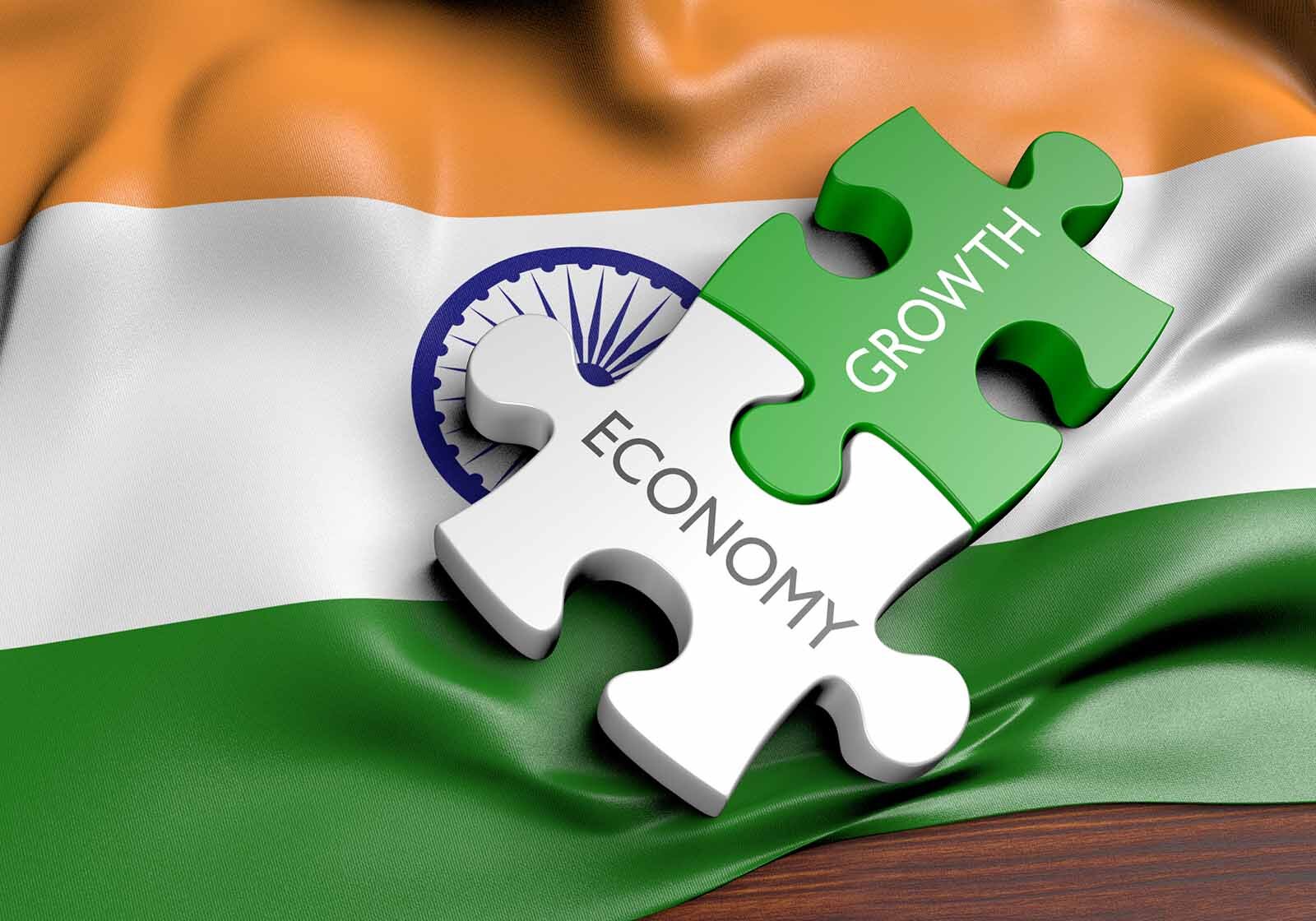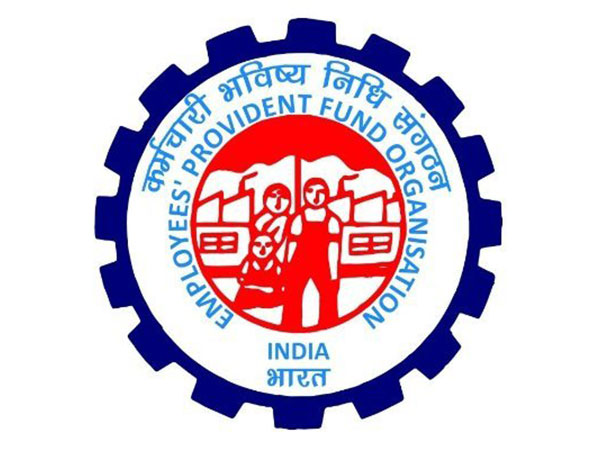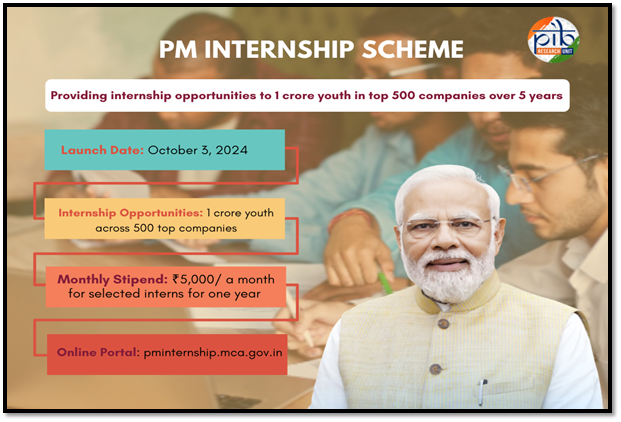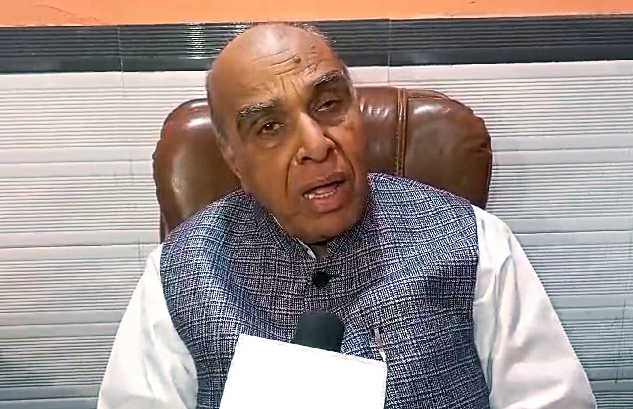It’s a great time to be in Asia, especially India. We are the world’s largest and fastest growing democracy with a significant population in the lower to middle class that’s educated, aspirational and hungry for consumption. At $3.72 trillion, India is the fifth largest economy in the world and the third largest by purchasing power parity on a per capita basis. From an once agriculture driven economy, India has moved towards becoming mainly services-oriented at 53% with agriculture being reduced to 18% and industry at approximately 28%. Manufacturing falls under industry contributing about 17% of India’s GDP with 27.3 million workers and the government aims to make manufacturing $1 trillion by 2025 or about 25% of GDP. The Indian government has set a $5 trillion by 2025 while India has grown at roughly 7.2% annually. Considering the size of the population and the demographics, India’s propelling to an economic powerhouse cannot be on the basis of services alone. The solution and opportunity lie in manufacturing.
The Government of India launched the Make in India program in 2014 for promoting India as manufacturing hub and rolled out various incentives such as concessional loans, tax rebates as well Production Link Incentives scheme (PLI). This was followed up with the launch of Atma Nirbhar Bharat (self-reliant India) in 2020 after disruptions to the supply chains during the Covid-19 pandemic in 14 sectors via PLI with an outlay of Rs. 1.97 lakh crore (over US$26 billion) to enhance India’s manufacturing capabilities and exports. The purpose of the PLI Schemes is to attract investments in key sectors and cutting-edge technology; ensure efficiency and bring economies of size and scale in the manufacturing sector to make Indian companies and manufacturers globally competitive.
The sectors are: (i) Mobile Manufacturing and Specified Electronic Components, (ii) Critical Key Starting Materials/Drug Intermediaries & Active Pharmaceutical Ingredients, (iii) Manufacturing of Medical Devices (iv) Automobiles and Auto Components, (v) Pharmaceuticals Drugs, (vi) Specialty Steel, (vii) Telecom & Networking Products, (viii) Electronic/Technology Products, (ix) White Goods (ACs and LEDs), (x) Food Products, (xi) Textile Products: MMF segment and technical textiles, (xii) High efficiency solar PV modules, (xiii) Advanced Chemistry Cell (ACC) Battery, and (xiv) Drones and Drone Components.
PLI schemes have attracted over Rs 95,000 crore in investments with over 746 applications approved till November 2023. The anchor units that will be built in every sector are likely to set a new supplier/vendor base in the entire value chain. Most of these ancillary units are expected to be built in the MSME sector and will have a cascading effect on India’s MSME ecosystem. We can also impact gamechangers in BFSI via Fintech as banking becomes hyper-personalised.
The results are already visible. India is now the second largest mobile phone manufacturer in the world in smartphone manufacturing after China with over 2 billion phones shipped between 2014-22 with an annual CAGR of 23%. Companies like Foxconn have shifted many assembly lines of top end iPhones to India and aim to take India’s share in Apple’s production to 25% in the near future with exports of smartphones to US, UK, Netherlands, Italy, UAE etc. India is also regarded as the “pharmacy of the world” and is the third largest global producer by volume accounting to over 20% of the global supply of generic medicines. India is also the third-largest automotive market in the world expecting to double its size by the end of 2024. EMS and Renewable energy are sunrise sectors that expected to be gamechangers. Hence, we can see that opportunities exist in mature as well as sunrise sectors.
Industrial Revolutions present a gamechanger for the world. They typically bring out the best of innovation and the countries at its forefront get to enjoy leadership status for the foreseeable future till the next revolution comes along. The First Industrial Revolution witnessed the birth of the steam engine, reducing reliance on animal and human labour and ushered in a new era of manufacturing and precision engineering. The Second Industrial Revolution created the assembly line and mass manufacturing process driven by oil and electric energy. The Third Industrial Revolution in the mid-20th century brought computers and the initial stages of robotics and factory automation. The Fourth Industrial Revolution is about IoT, AI, Big Data, Robotics and Automation powered by the integration of intelligent digital technologies into industrial and manufacturing processes heralding an era of Smart Manufacturing. The Fourth Industrial Revolution with new technologies and systems is providing a relatively level playing field to Emerging Markets as they slowly take their place in the new world away from the colonial hangover.
However Indian economy has been facing huge headwinds off late in last few quarters due to slowing growth, sticky inflation, falling consumption, tighter liquidity in market due to high interest rates. As the going gets tough the tough gets going. The Budget 2025 presented by Hon’ble Finance Minister Shri Nirmala Sitaraman took the bull by the horns unleashing the India growth story. The finance minister ticked all the right boxes from giving impetus on Infrastructure, Defence, Renewable energy with its capex rising in the Budget Estimates of FY26-27. On the other hand, by raising the taxable income exemption limit from 7 lakh to 12 lakh it gave more in hand of the middle class to save, spend and thus spur consumption. The Government and the RBI have given much needed boost to the Indian economy by injecting more liquidity in markets, so that lending by banks, NBFCs could rise while giving more purchasing power to tax paying middle class.
In the Budget 2025, Government has provided more tax certainties to Electronic Manufacturing Sector, Make in India exemptions to LCD/LED Tvs, Looms, Textiles, Lithium-Ion batteries for Mobile Phones and EVs. Promotion of MRO for Ship Building, exempting 36 lifesaving drugs including rare diseases like cancer etc. The Government has also provided an outlay of 1.5 lakh crores, 50-year interest free loans to states for capital expenditure, new UDAN 2.0 scheme for connecting 120 new destinations and carry 4 crore passengers in next 10 years and allow private participation in the Nuclear Power sector by amendments to civil nuclear liability law. So these measures taken by Government are indeed revolutionary promoting defence indigenisation specially ship building, promoting private participation in nuclear power sector while boosting the consumption based economy by giving tax breaks to middle class.
However, one must be mindful over here that nation’s economy is not limited to budgetary announcement but goes even beyond it. The launch of manufacturing sector PLI schemes has yielded good results as noted above. In addition to this the Government is in midst of bringing PLI schemes for Telecom sector as well where stress will be given on telecom hardware indigenisation & import substation. The heralding of Industrial Revolution 4.0 and new breakthrough in Artificial Intelligence are equally going to affect the Indian IT sector. It is heartening to see the Government of India & the Private sector collaborate on Artificial Intelligence mission and Semi-Conductor chips programs, hosting of the Deep Seek AI on Indian servers and collaboration with NVIDIA on GPUs to transform India’s AI landscape. Thus, all these measures taken by RBI, by the Government of India in Budget and private sector augur well for the Indian economy to catapult it to the next stage of becoming the 3rd largest Economy in the world by 2030. It will be thus fit to say that it is not only India’s decade but India’s century.
(Navroop Singh is an Intellectual Property Attorney in New Delhi India. He is also a Geo Political analyst with ‘Niti Shastra’ platform which blends India wisdom to statecraft and economic philosophy)





















